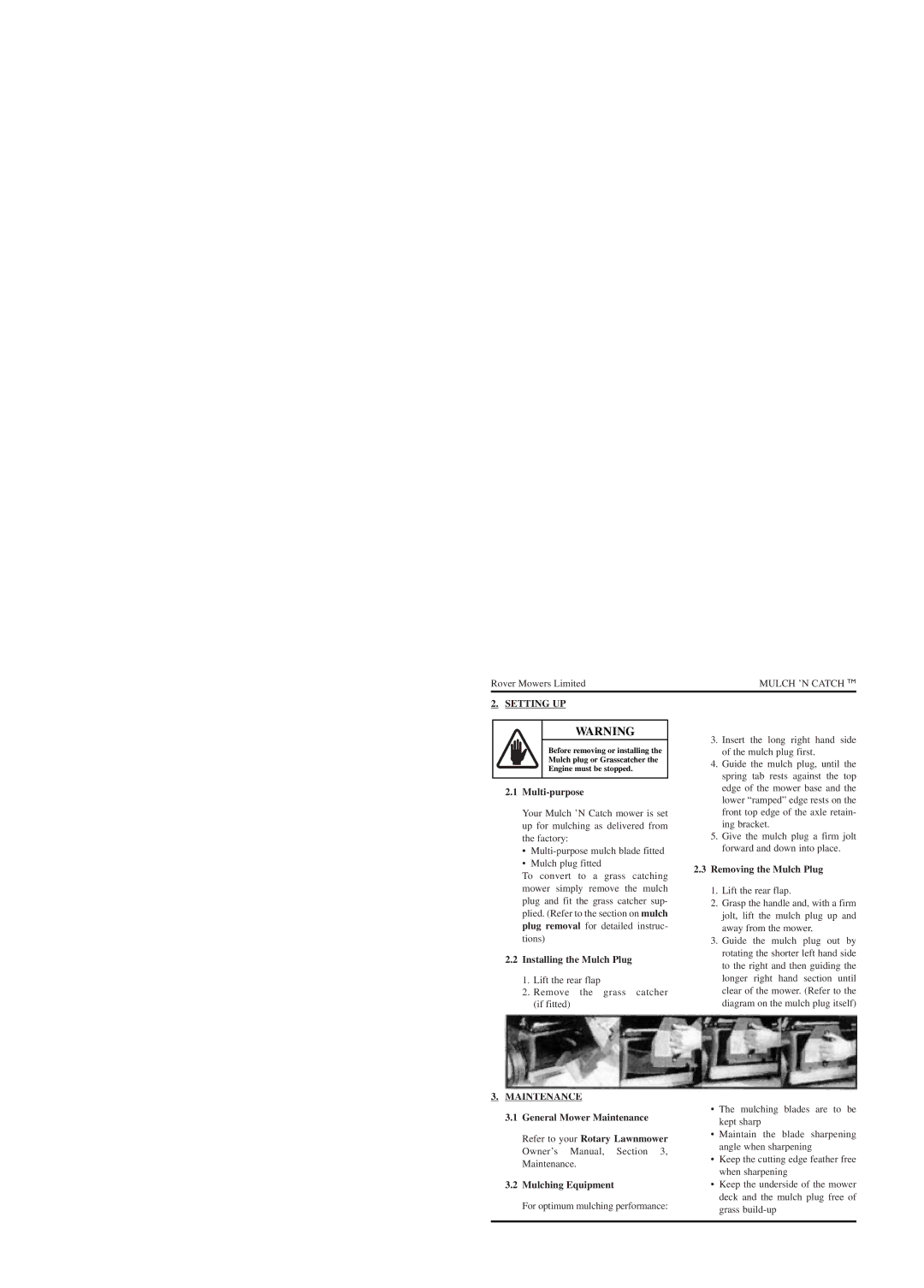30 specifications
The Rover 30, a remarkable offering from the British automotive brand Rover, is associated with significant advancements in technology and engineering during its production era. Launched in the early 1980s, the Rover 30 was part of the Rover SD1 lineup, a series that gained a reputation for its innovative design and performance.Typically fitted with a 2.6-liter inline-six engine, the Rover 30 was engineered to offer a balance of power and efficiency. This engine, part of Rover's well-regarded family of powertrains, was capable of producing approximately 136 horsepower, allowing the vehicle to deliver a spirited driving experience. Paired with a smooth manual or automatic transmission, the Rover 30 provided an engaging ride, with responsive handling that made it a popular choice for both families and driving enthusiasts.
One of the most notable features of the Rover 30 was its design. Boasting a distinctly modern shape for its time, the SD1 series featured a hatchback layout that offered practical benefits, such as increased cargo space and improved accessibility. The interior was designed with comfort in mind, featuring spacious seating and high-quality materials that created a luxurious feel. The layout also allowed for a variety of configurations to meet passengers' needs, showcasing Rover's focus on versatility.
In terms of technology, the Rover 30 was ahead of its time, incorporating advancements like independent suspension systems that enhanced ride quality and stability on various terrains. Additionally, the vehicle offered amenities such as power steering, electric windows, and optional air conditioning, which contributed to a seamless driving experience.
Safety was also a top priority, with the Rover 30 incorporating robust construction techniques and features like crumple zones, designed to absorb impact in the event of a collision.
Overall, the Rover 30 stood out in a competitive market for its blend of performance, comfort, and technological innovation. With its distinctive styling and driver-centric features, it remains a cherished model amongst classic car enthusiasts and continues to capture the essence of Rover's rich automotive heritage.

